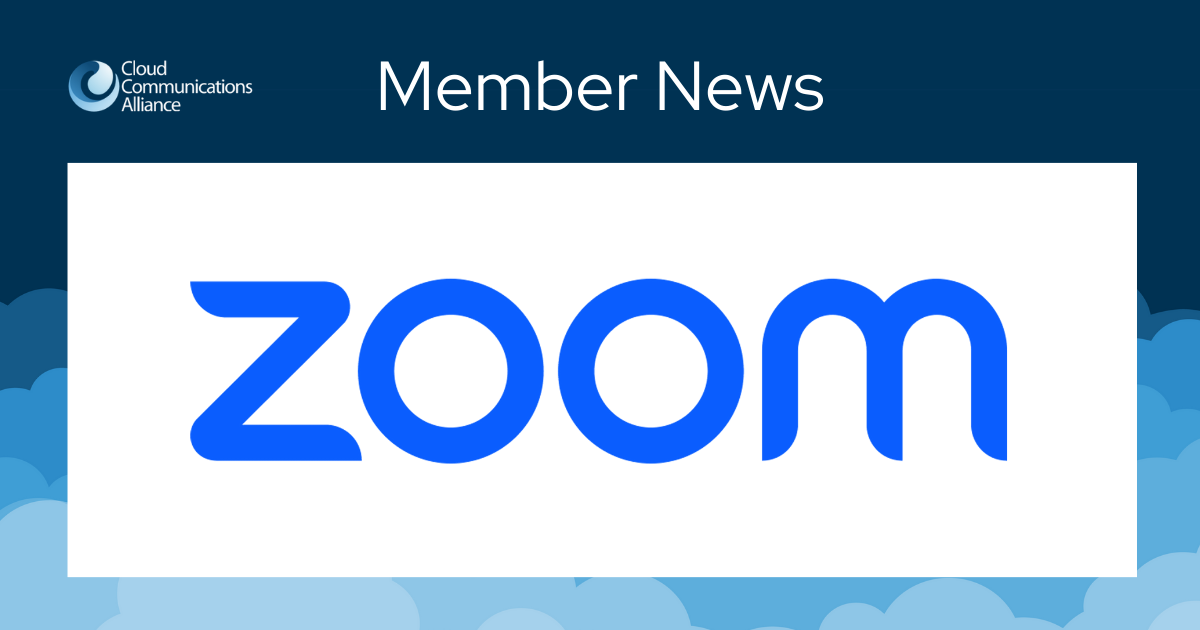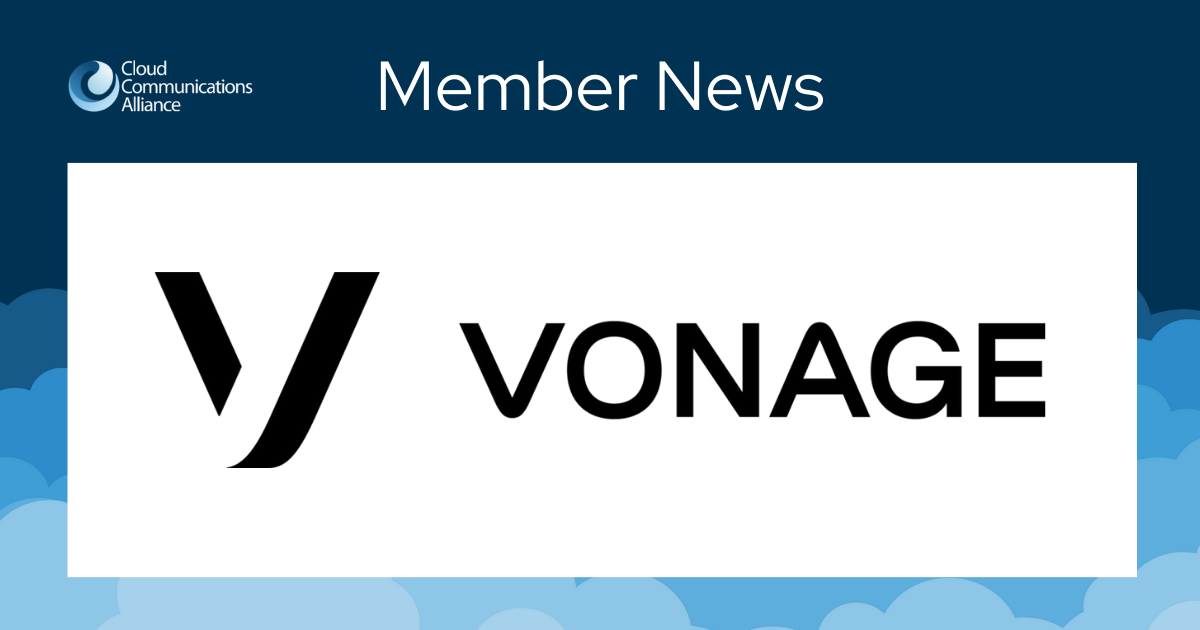Are Your Company’s Covered Products and Services Accessible to People with Disabilities?

Earlier this month, the Federal Communications Commission (“FCC”) released its latest Biennial Report to Congress<https://commlawgroup.us2.list-manage.com/track/click?u=df51fe32659b5ffab92c23e59&id=3247a2242e&e=9a2c2871d7> (the “Report”), assessing industry compliance over the past two years with sections 255, 716, and 718 of the Communications Act of 1934, as required by the 21st Century Communications and Video Accessibility Act<https://commlawgroup.us2.list-manage.com/track/click?u=df51fe32659b5ffab92c23e59&id=fd249a6da8&e=9a2c2871d7> (“CVAA”). These sections require telecommunications and advanced communications services and equipment, and Internet browsers built into mobile phones, to be accessible to and usable by people with a wide range of disabilities. While the Report indicates significant accessibility improvements to these products and services since 2018, it also discusses notable accessibility gaps that continue to exist, including (1) the availability of accessible feature phones for people who are blind and (2) certain apps that provide telecommunications and advanced communications services that are not readable by screen readers.
Covered Products and Services
Section 255 requires providers of telecommunications service and manufacturers of telecommunications equipment or customer premises equipment to ensure that such services and equipment are accessible to and usable by individuals with disabilities, if “readily achievable.” “Accessible” means individuals with varying abilities must be able to locate, identify, and operate the input, control, and mechanical functions of a product or service, and be able to access the output or display of all information necessary to operate and use the product or service. “Usable” means individuals with disabilities have access to the full functionality and documentation for the product, including instructions, product information (including accessible feature information), documentation, and technical support functionally equivalent to that provided to individuals without disabilities. “Readily achievable” means “easily accomplishable and able to be carried out without much difficulty or expense.” When these requirements are not readily achievable, covered entities must ensure that their services and equipment are compatible with existing peripheral devices or specialized consumer premises equipment commonly used by individuals with disabilities to achieve access, if readily achievable. The implementing FCC regulations further clarify that these requirements extend to interconnected voice over protocol (“VoIP”) service providers and equipment manufacturers.
Section 716 imposes similar accessibility requirements on advanced communications services (“ACS”) and associated equipment. ACS are divided into four categories: (1) interconnected VoIP service, (2) non-interconnected VoIP service, (3) electronic messaging service and (4) interoperable video conferencing service. Finally, Section 718 requires mobile phone service providers and manufacturers to make Internet browsers built into mobile phones accessible to and usable by people who are blind or visually impaired, unless doing so is not achievable. This requirement may be satisfied with or without the use of third-party applications, peripheral devices, software, hardware, or consumer premises equipment that is available to consumers at nominal cost and that individuals with disabilities can access.
Accessibility Gaps
Despite major design improvements triggered by the CVAA and other accessibility laws, access barriers for people with disabilities continue to exist. The Report specifically discusses the following deficiencies:
* Feature Phones- Feature phones are used with wireless services and include (1) phones used primarily or exclusively for voice communications and (2) phones used for voice communications and text messaging, with little or no computing capabilities. No commenter has identified a single feature phone that is fully accessible to the blind. Although progress has been made in offering various models of feature phones with accessibility features for senior citizens and people with other disabilities, including those with low vision, feature phones that used to be fully operable non-visually are no longer available. As a result, blind users can no longer use features like caller ID that appear on the screen of those phones.
* Apps and Software Upgrades- Through consumer requests for dispute assistance, the FCC learned that some cases where telecommunications, email, and text messaging services provided over apps and websites were not accessible to screen readers. Additionally, in a few instances, screen readers could not interact with inaccessible websites of telecommunications services providers where customers pay their bills and adjust their voicemail settings through customer portals. Finally, software updates that do not consider accessibility at every stage of the design process often break existing accessibility tools.
* Video Games; Virtual and Augmented Reality- At least one commenter states that video games, as well as virtual and augmented reality, are inaccessible to people who are deaf or hard of hearing.
* Video Calling and Conferencing Services- Many video conferencing solutions were not designed with deaf or hard of hearing people in mind. Notable access barriers include lack of relay service availability, lack of interoperability, and problematic features that are not sign language friendly, such as the hand raising tool, audio-based spotlighting, and screenshare.
* Usability Issues- Two commenters expressed concern that covered entities sometimes do not provide an accessible way to locate relevant information about the accessible features of a product. In a request for dispute assistance, one consumer specifically reported that he was unable to obtain accessible technical support from his carrier for a phone he had purchased. This problem can be easily resolved through accessibility training for in-store employees and dedicated customer service centers for people with disabilities, which various wireless carriers and software developers have already established.
If you have any questions about your obligations under the CVAA and other accessibility laws, please contact Michal J. Nowicki<https://commlawgroup.us2.list-manage.com/track/click?u=df51fe32659b5ffab92c23e59&id=7be7ebea2f&e=9a2c2871d7>, Esq., (703) 714-1311 or mjn@commlawgroup.com<mailto:mjn@commlawgroup.com>. Being blind himself, Mr. Nowicki has over five years of experience with the CVAA and a strong passion for accessibility. Along with the Chief of the FCC Disability Rights Office and the Vice President of Corporate Design at Poly, Inc. — the maker of various telecommunications devices — he recently hosted a webinar educating businesses on tapping into a market of 60 million Americans with disabilities through accessibility.

